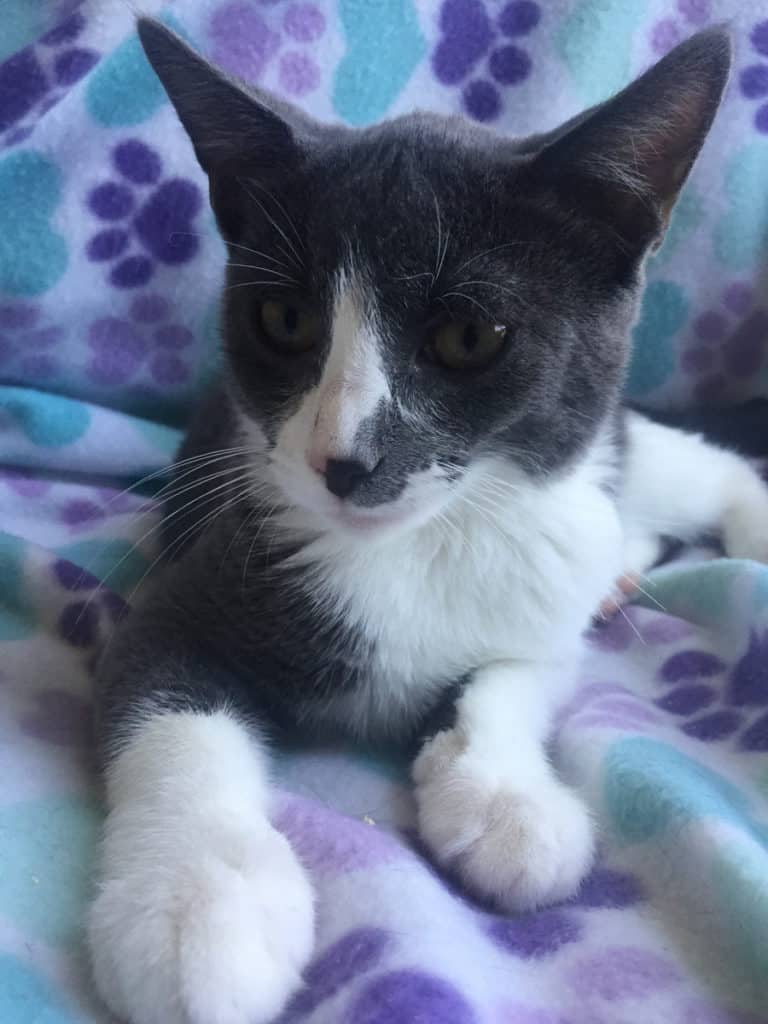While the domestic cat can give birth year round, the warmer months of the year are a time of higher birth rates. This increase in the production of litters is known as kitten season. Kitten seasons starts in spring, peaks in late spring or early summer, and ends during the fall.
The warmer months of the Northern Hemisphere tend to be between March/April and October. These months are a time of higher birth rates among cats. In the Southern Hemisphere, the warmer months of the year start around September and go through April/May.
The mating season, and when most females go into heat, is heavily influenced by the length of day. The advent of spring also heralds in the start of longer periods of sunlight.
Busiest Time at the Animal Shelters
With an increase in kittens being born, kitten season tends to mark the busiest period at the shelters. Animals shelters rise in the number of kittens during this time of year. Kitten season can stretch animal shelters beyond capacity and result in higher rates of euthanasia.

Female Cats Can Produce Multiple Litters
The female domestic cat can start reproducing as early as around four to five months of age and produce multiple litters in one year. In much of the Northern Hemisphere, female cats can enter their reproductive cycle multiple times between January until the late fall. In tropical climates, females cats can go in to heat all year round.
Pregnancy lasts about nine weeks. Female cats can quickly become pregnant about four weeks after giving birth, repeating the litter cycle. This means that unfixed female cats with access to intact male cats can produce dozens of kittens per year.
Preventing Unwanted Kittens
Programs that neuter cats starting at four months for all cats made available for adoptions is one way to reduce the amount of unwanted kittens that strain shelter resources.
Trap, neuter, and release (TNR) programs that neuter stray and feral cats before re-releasing them outside is another strategy that helps to reduce kitten populations.

Read next: 9 Things to Know About Kittens
References
Crawford, H. M., Fontaine, J. B., & Calver, M. C. (2017). Using free adoptions to reduce crowding and euthanasia at cat shelters: An Australian case study. Animals, 7(12), 92. https://doi.org/10.3390/ani7120092
Janke, N., Berke, O., Klement, E., Flockhart, D. T., Coe, J., & Bateman, S. (2018). Effect of Capacity for Care on cat admission trends at the Guelph Humane Society, 2011–2015. Journal of Applied Animal Welfare Science, 21(3), 283-294. https://doi.org/10.1080/10888705.2017.1414607
Roberts, M., & Clements, J. (2015). Using early neutering to control unwanted litters. The Veterinary Record, 176 (22), 570. DOI:10.1136/vr.h2751






